STAR-CCM+ Marine simulation
We love our marine customers! And so does Siemens. Hence they continuously develop Simcenter STAR-CCM+ such that we marine engineers always have the right tools at our finger tips. In this week´s blog I just want to give you a short overview of marine related methods which utilize the feature and functionality in STAR-CCM+ which can help you to accomplish your simulation tasks.
Some of these methods and functionalities have already be en presented here, like the Hull Performance Workflow or the Virtual Tow Tank template. In this blog, I would like to draw your attention to what is beyond calm water simulation. Eventually, I´ll apply these methods on a real-life example which required -of course- a field trip:
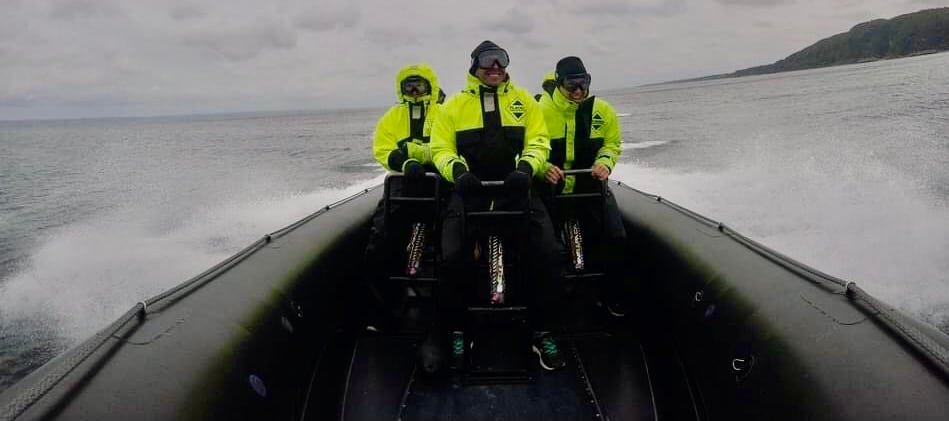
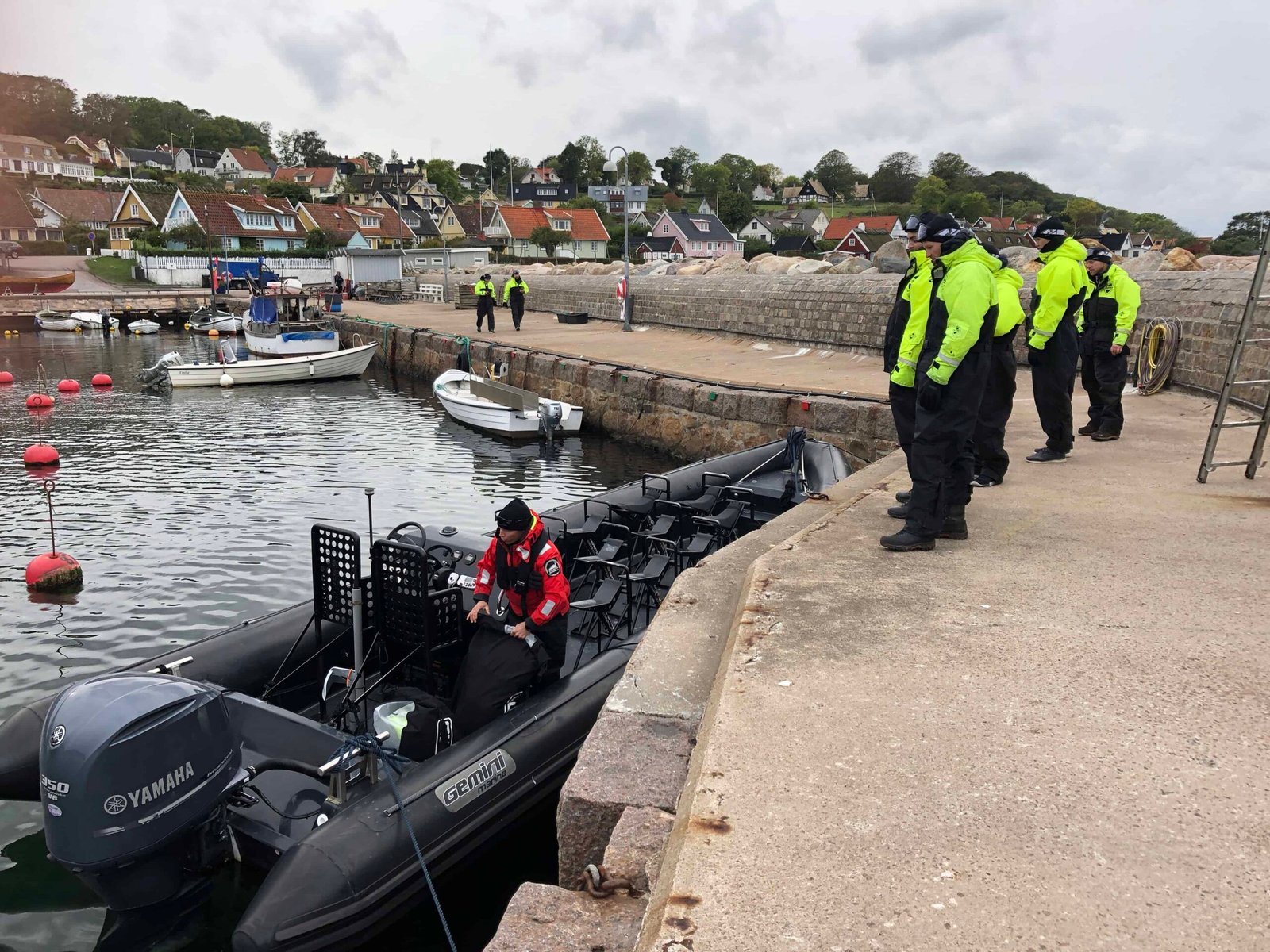
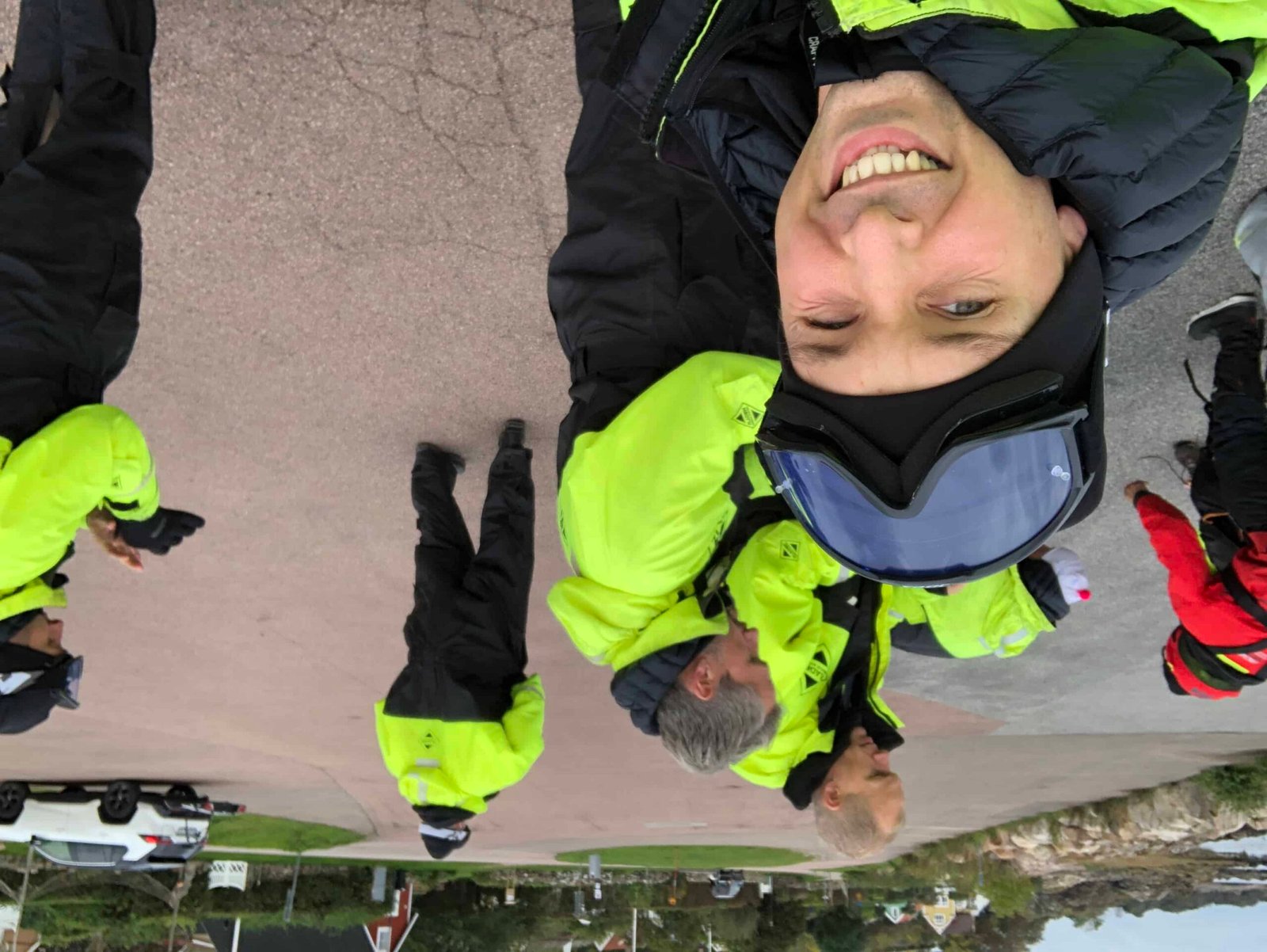
Moving Forced Wave Tank
This is a basic, yet extremely flexible framework provided by Siemens application engineers for virtually every type of ship analysis. From calm water to seakeeping and manoeuvring or why not combined? Either way, Boundary Conditions are prescribed in the same way in all the cases. The method uses the forced wave approach which avoids reflections from the boundaries and allows for a minimized domain.
The setup is capable of handling regular waves, in which the wave properties and direction can be easily modified acting on the associated Parameters. However, the clue is that the Moving Forced Wave Tank (MFWT) can actually move. Whatever its motion in the horizontal plane, thanks to the forcing method the MFWT continues to properly handle the imposed wave Boundary Conditions at any time and position.

Placing a ship in the middle with a prescribed motion or self-propeller, possible through the DFBI-framework, forces tank to follow the motion (with limited degree of freedom). Vessel motion becomes completely decoupled from the wave setup as well as from the tank motion.
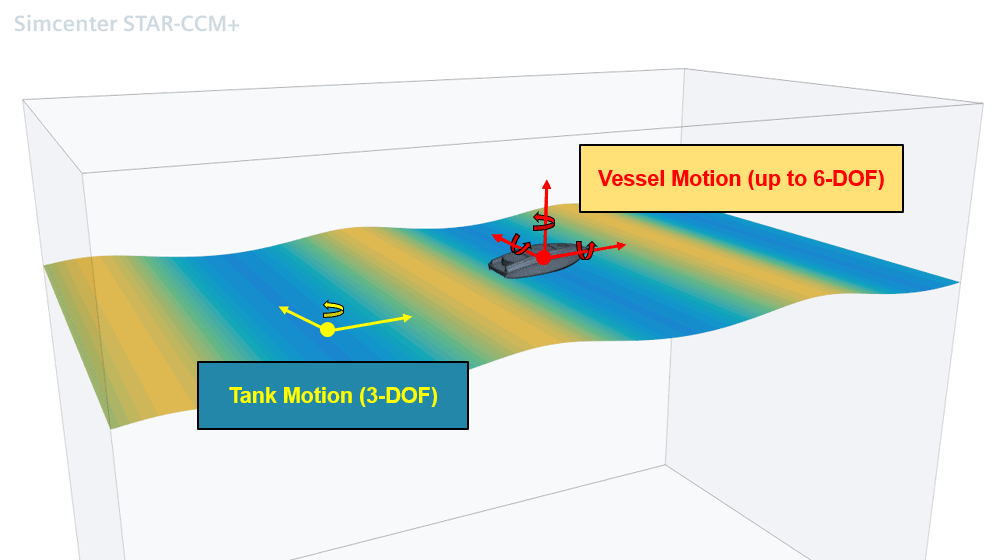
Virtual Disk Propulsion maneuvering system
The Virtual Disk models the effect of a propeller on the surrounding flow field, without resolving the geometry of the propeller. When combining the propulsion effect with a rotation of the Virtual Disk, you can model the concept of a pod, well or an outboard engine. The performance data, like power and rudder angle, can be provided in tables as a function of time. Voila! There you are with a free moving vessel in waves.
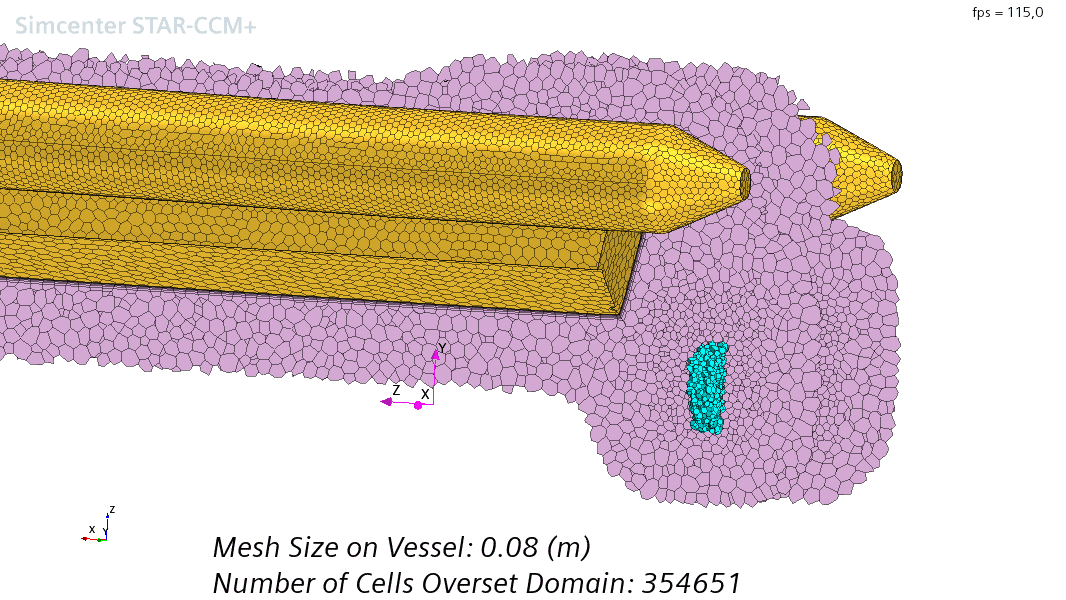
Graphics Motion Transform
For enhanced post-processing you can take the advantage of Graphics Motions Transformation. This will give you the change to show a detailed geometry moving with the motion of a simplified CFD-version of your geometry. The flow and DFBI Motion are resolved with the simplified geometry. However, the post-processed displays the fully-detailed CAD instead of the actual boat Boundaries, offering a more realistic rendering.

Well, what shall I say, you are getting wet in the front! But is was worth it…
If you like to know more about the applied method please feel free to contact us at support@volupe.com or check out the knowledge bas articles below.
Read also:
How can I simulate arbitrary vessel motion in flat water or waves in a general way with the Moving Forced Wave Tank approach?
Example of yacht manoeuvring in waves with tight-overset approach and AMR
How can I display my original detailed CAD in a transient DFBI simulation with simplified geometry?
Rotating Flow Part 2
How to transform Display views
Release of Simcenter STAR-CCM+ 2020.2 part 5




